About Lemon Rasam
I usually make rasam during monsoons, or whenever there’s a temperature change. This Lemon Rasam recipe particularly has amazing soothing effects in all those times when you’re troubled by stubborn cold and coughs. It is warming, comforting and nourishing, all at once. Another hack that I use to especially combat colds is the spicy pani (water) of the pani puri. Definitely gives me an instant relief. In addition to this Lemon Rasam, other variations that are effective for cough and cold are – Pepper Rasam, Beetroot Rasam and Pepper Cumin Rasam. The major difference between this Lemon Rasam recipe and others is that tamarind is not added in this rasam. It is lemon juice that is the souring agent. Along with it, there’s pigeon pea lentils or tuvar dal and coarsely ground spices. A crackling tempering of mustard seeds, curry leaves, dried red chilies and a few spices is also added to the Lemon Rasam. What you finally achieve is a tangy, spicy and aromatic rasam with citrusy, refreshing notes from the lemon, coriander and warm, earthy flavor from the spices. As is already popular, the Lemon Rasam is also perfect when had with piping hot rice. My way of doing it is also adding a dry vegetable dish like poriyal or a stir fry with the whole rasam-rice combination. You can even savor it plain like a soup.
How to make Lemon Rasam
Cook Lentils
1. Rinse ¼ cup tuvar dal or pigeon pea lentils with water and then add them in a pressure cooker along with a pinch of turmeric powder. Add ¾ to 1 cup water and pressure cook for 8 to 9 whistles or till the dal has softened and cooked really well. About 10 to 12 minutes on a medium to high heat. 2. When the pressure settles down naturally, check the dal and mash with a spoon or wired whisk. Keep the dal aside. 3. In a small grinder or chutney grinder, take the following spices and herbs:
⅓ cup chopped coriander leaves (cilantro)2 teaspoons cumin seeds½ teaspoon black pepper1 or 2 green chilies (chopped)½ inch ginger (roughly chopped)4 to 5 small to medium garlic cloves (roughly chopped)
- Without adding water, grind to a coarse paste. If you prefer, you can also grind to a semi-fine paste. Set aside.
- Squeeze the juice from lemon and keep aside. I used 1 medium size lemon. You can also use limes. You will need about 2.5 to 3 tablespoons lemon juice.
Making Lemon Rasam
- In a pan or pot, heat 1 tablespoon sesame oil (gingelly oil) or any neutral tasting oil. Add ½ teaspoon mustard seeds and fry till the mustard seeds start crackling.
- Then, add 12 to 15 curry leaves and 1 to 2 dried red chilies. Fry till the red chilies change color and darken a bit. Don’t burn them. Fry on low to medium-low heat. Remove the seeds from the red chillies if you prefer before frying them.
- Now, add the ground herbs and spices paste together with a pinch of asafoetida (hing) and ¼ teaspoon turmeric powder. Stir very well.
- Add the cooked dal.
- Add 1 to 1.5 cups water. Stir well.
- Season with salt according to taste.
- On a low to medium heat, simmer the rasam for 5 to 6 minutes.
- Switch off the heat. Wait for 1 minute and then add 2.5 to 3 tablespoons lemon juice. You can add more or less as required and as per your taste. Instead of lemon, you can also add lime juice. Stir to combine and mix.
- Garnish with 2 to 3 tablespoons chopped coriander leaves and serve Lemon Rasam hot with steamed rice and a capsicum fry, poriyal or vegetable roast.
Health Benefits
I’ve already spoken highly of the rasam being super effective in curing common colds and coughs. It is actually touted as the ‘recovery food’ or home remedy by most of the Indian grandmothers. The antioxidant and anti-inflammatory properties in a rasam are provided by the spices, ginger and garlic in a rasam. These are essential for keeping the circulatory ailments at bay. Other than these, rasam is quite handy for digestive problems like constipation and bowel movements in general. Because of the presence of fiber, vitamins and minerals from the various ingredients used to make a rasam, it also aids in fastening metabolism. Thus, helping in weight management. Please be sure to rate the recipe in the recipe card or leave a comment below if you have made it. For more vegetarian inspirations, Sign Up for my emails or follow me on Instagram, Youtube, Facebook, Pinterest or Twitter. Tomato Rasam (Thakkali Rasam) Milagu Rasam | Pepper Rasam Paruppu Rasam Tamarind Rasam | Puli Rasam This Lemon Rasam recipe post from the archives first published in July 2015 has been republished and updated on 25 June 2022.
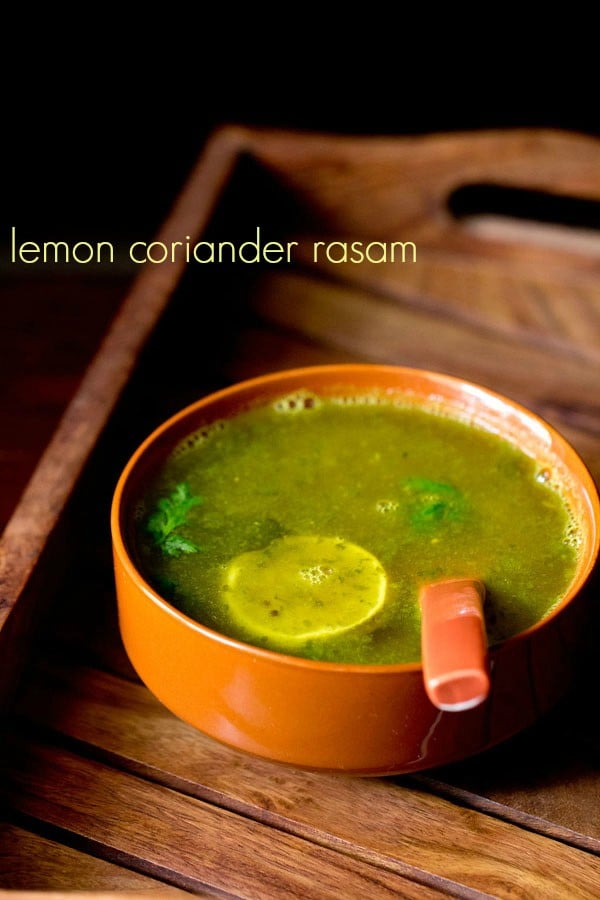
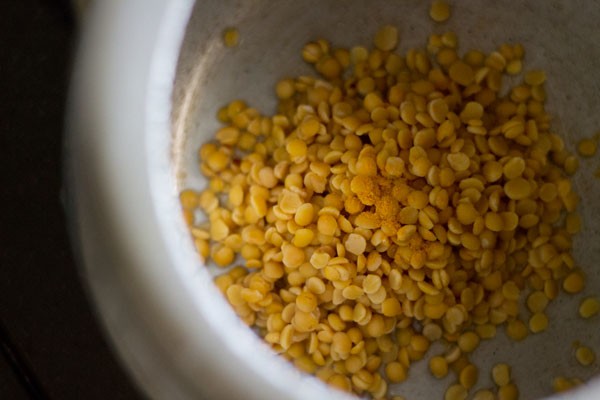
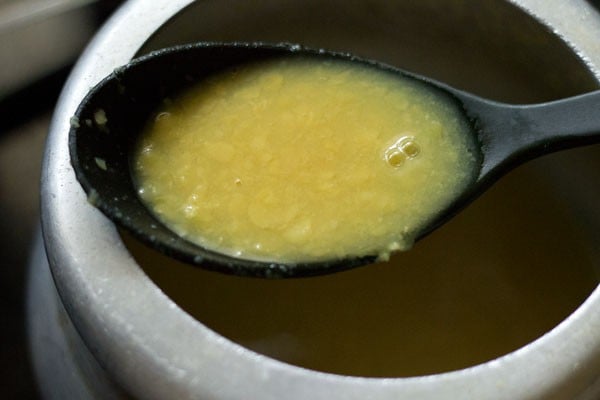
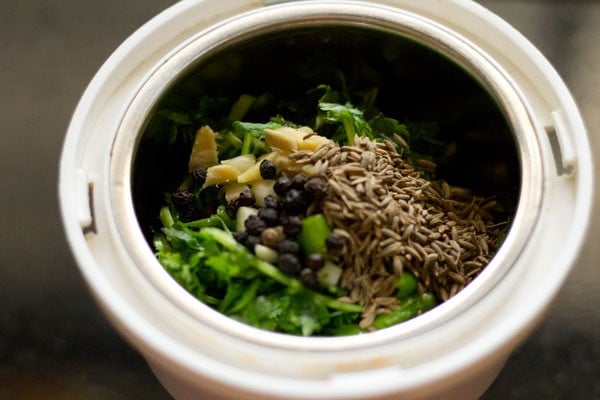
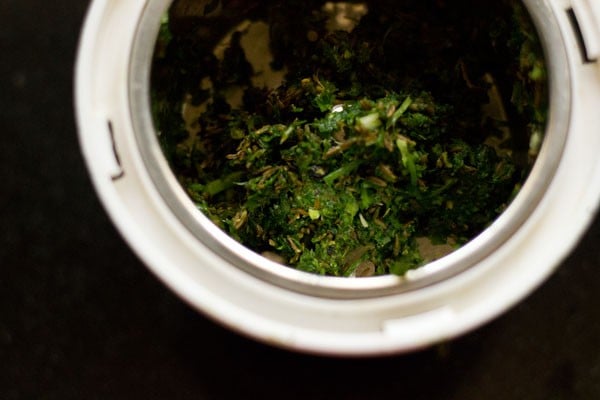
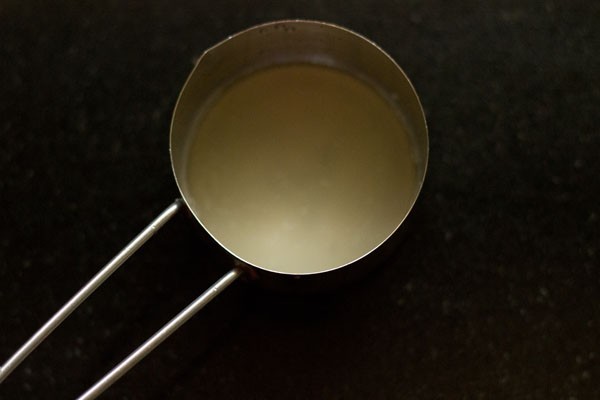
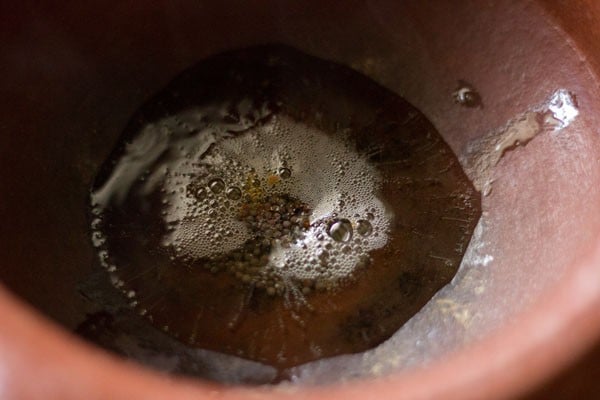
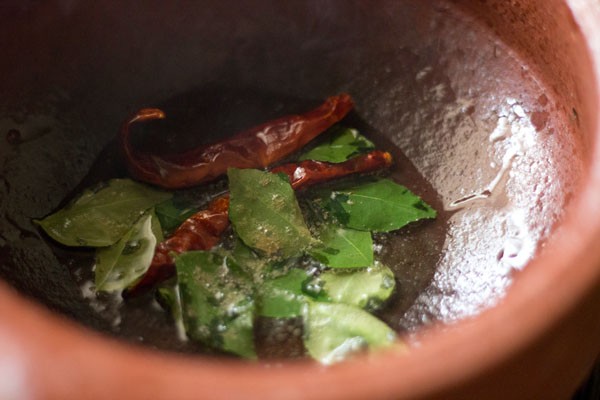
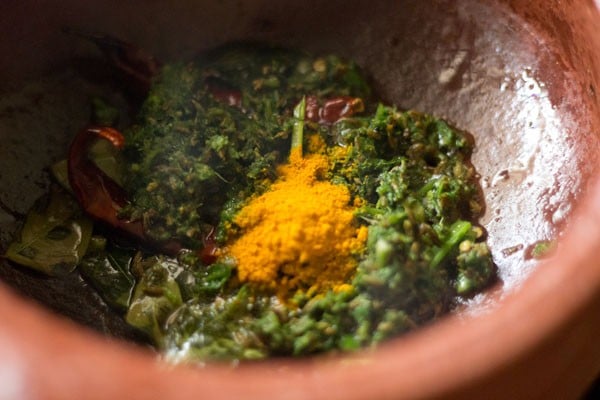
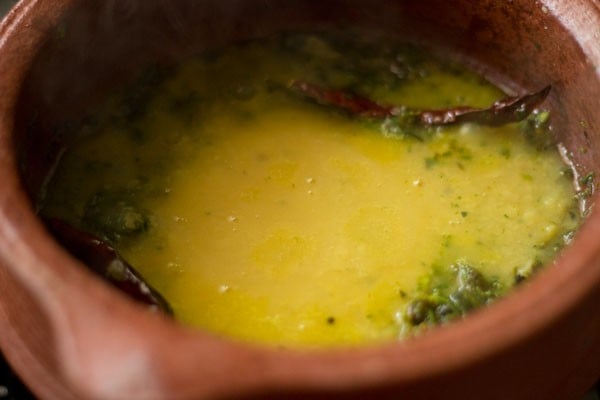
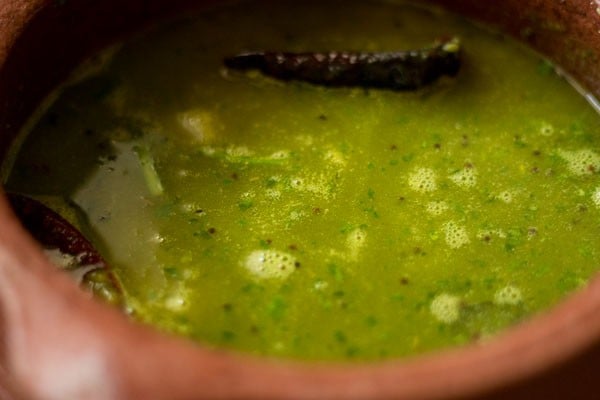
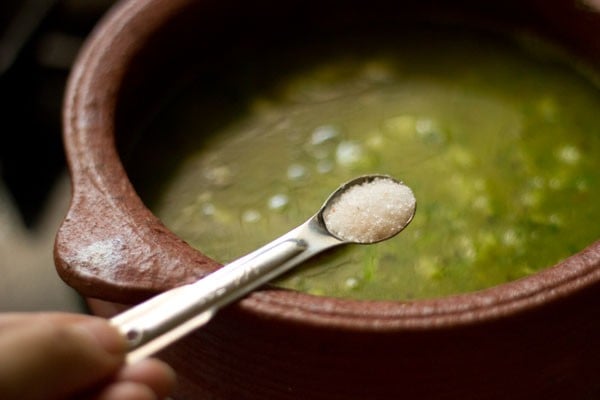

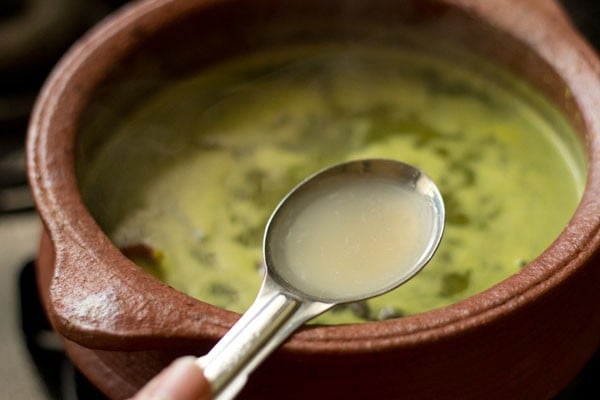
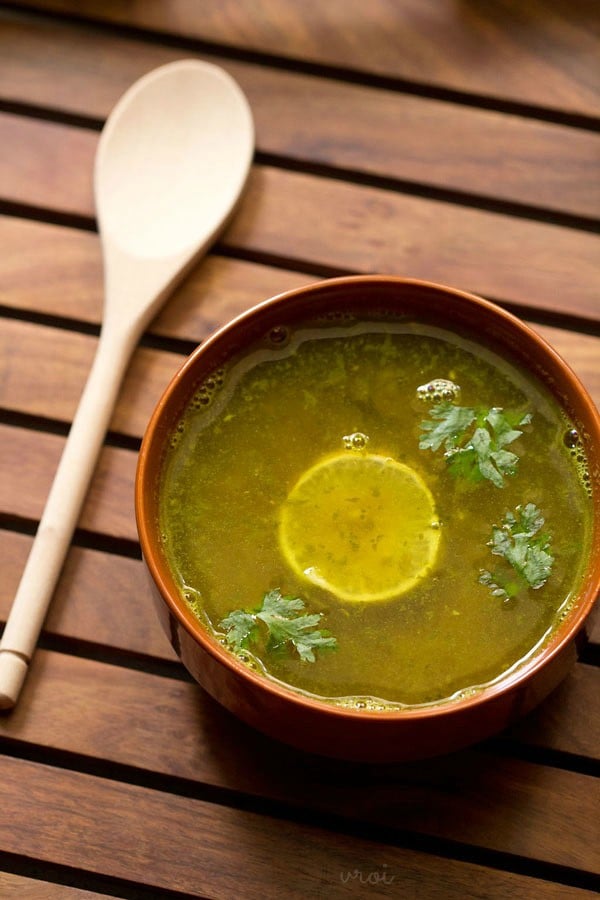
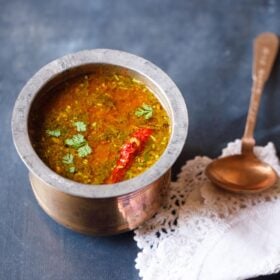
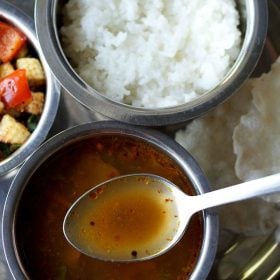
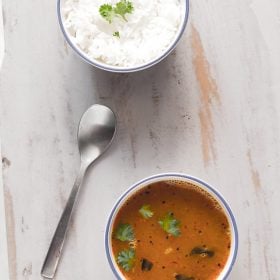
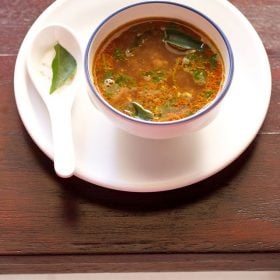
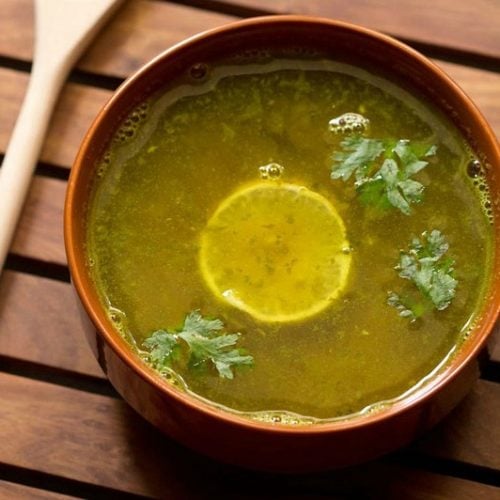
title: “Lemon Rasam " ShowToc: true date: “2024-09-09” author: “Lynn Smith”
About Lemon Rasam
I usually make rasam during monsoons, or whenever there’s a temperature change. This Lemon Rasam recipe particularly has amazing soothing effects in all those times when you’re troubled by stubborn cold and coughs. It is warming, comforting and nourishing, all at once. Another hack that I use to especially combat colds is the spicy pani (water) of the pani puri. Definitely gives me an instant relief. In addition to this Lemon Rasam, other variations that are effective for cough and cold are – Pepper Rasam, Beetroot Rasam and Pepper Cumin Rasam. The major difference between this Lemon Rasam recipe and others is that tamarind is not added in this rasam. It is lemon juice that is the souring agent. Along with it, there’s pigeon pea lentils or tuvar dal and coarsely ground spices. A crackling tempering of mustard seeds, curry leaves, dried red chilies and a few spices is also added to the Lemon Rasam. What you finally achieve is a tangy, spicy and aromatic rasam with citrusy, refreshing notes from the lemon, coriander and warm, earthy flavor from the spices. As is already popular, the Lemon Rasam is also perfect when had with piping hot rice. My way of doing it is also adding a dry vegetable dish like poriyal or a stir fry with the whole rasam-rice combination. You can even savor it plain like a soup.
How to make Lemon Rasam
Cook Lentils
1. Rinse ¼ cup tuvar dal or pigeon pea lentils with water and then add them in a pressure cooker along with a pinch of turmeric powder. Add ¾ to 1 cup water and pressure cook for 8 to 9 whistles or till the dal has softened and cooked really well. About 10 to 12 minutes on a medium to high heat. 2. When the pressure settles down naturally, check the dal and mash with a spoon or wired whisk. Keep the dal aside. 3. In a small grinder or chutney grinder, take the following spices and herbs:
⅓ cup chopped coriander leaves (cilantro)2 teaspoons cumin seeds½ teaspoon black pepper1 or 2 green chilies (chopped)½ inch ginger (roughly chopped)4 to 5 small to medium garlic cloves (roughly chopped)
- Without adding water, grind to a coarse paste. If you prefer, you can also grind to a semi-fine paste. Set aside.
- Squeeze the juice from lemon and keep aside. I used 1 medium size lemon. You can also use limes. You will need about 2.5 to 3 tablespoons lemon juice.
Making Lemon Rasam
- In a pan or pot, heat 1 tablespoon sesame oil (gingelly oil) or any neutral tasting oil. Add ½ teaspoon mustard seeds and fry till the mustard seeds start crackling.
- Then, add 12 to 15 curry leaves and 1 to 2 dried red chilies. Fry till the red chilies change color and darken a bit. Don’t burn them. Fry on low to medium-low heat. Remove the seeds from the red chillies if you prefer before frying them.
- Now, add the ground herbs and spices paste together with a pinch of asafoetida (hing) and ¼ teaspoon turmeric powder. Stir very well.
- Add the cooked dal.
- Add 1 to 1.5 cups water. Stir well.
- Season with salt according to taste.
- On a low to medium heat, simmer the rasam for 5 to 6 minutes.
- Switch off the heat. Wait for 1 minute and then add 2.5 to 3 tablespoons lemon juice. You can add more or less as required and as per your taste. Instead of lemon, you can also add lime juice. Stir to combine and mix.
- Garnish with 2 to 3 tablespoons chopped coriander leaves and serve Lemon Rasam hot with steamed rice and a capsicum fry, poriyal or vegetable roast.
Health Benefits
I’ve already spoken highly of the rasam being super effective in curing common colds and coughs. It is actually touted as the ‘recovery food’ or home remedy by most of the Indian grandmothers. The antioxidant and anti-inflammatory properties in a rasam are provided by the spices, ginger and garlic in a rasam. These are essential for keeping the circulatory ailments at bay. Other than these, rasam is quite handy for digestive problems like constipation and bowel movements in general. Because of the presence of fiber, vitamins and minerals from the various ingredients used to make a rasam, it also aids in fastening metabolism. Thus, helping in weight management. Please be sure to rate the recipe in the recipe card or leave a comment below if you have made it. For more vegetarian inspirations, Sign Up for my emails or follow me on Instagram, Youtube, Facebook, Pinterest or Twitter. Tomato Rasam (Thakkali Rasam) Milagu Rasam | Pepper Rasam Paruppu Rasam Tamarind Rasam | Puli Rasam This Lemon Rasam recipe post from the archives first published in July 2015 has been republished and updated on 25 June 2022.



















